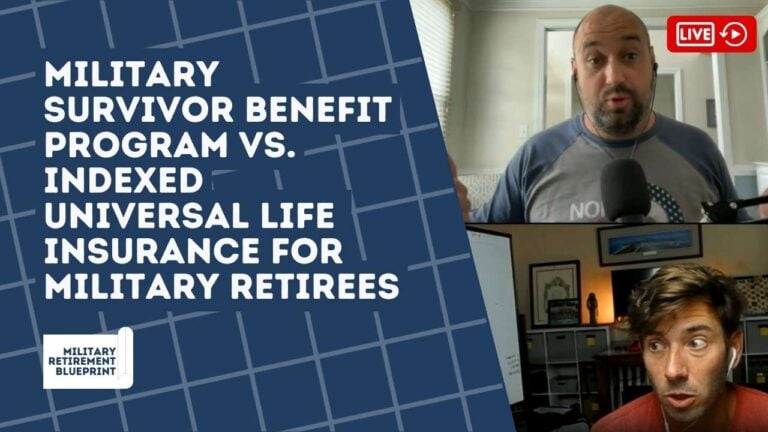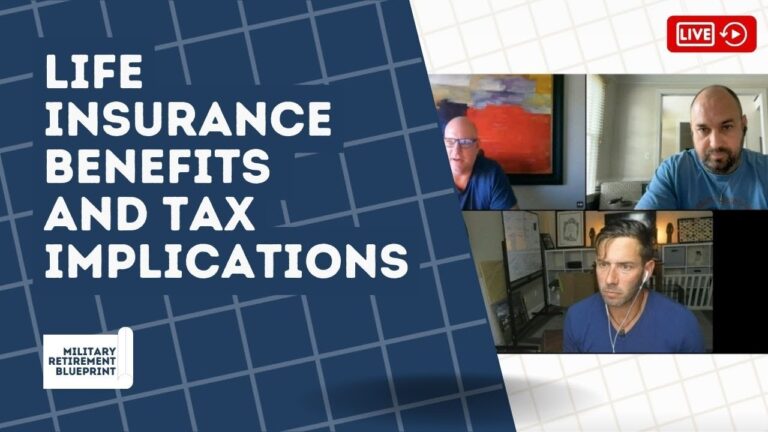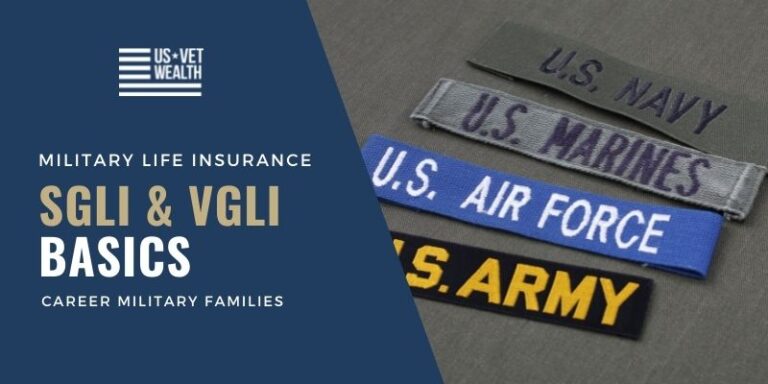Upgrade Whole Life Insurance For Veterans and Military Service Members
There is a lot of misunderstanding and misinformation around whole life insurance for Veterans. But the biggest problem with whole life is that it hasn't changed in many years.
Agents today are selling the same whole life insurance products they were selling in the eighties. Most of the policies that were sold to veterans don't reward you for good health beyond simply being a non-smoker, which makes them no different, than Servicemembers’ Group Life Insurance (SGLI) and Veterans Group Life Insurance (VGLI).
We don't fight wars with old technology, why would you do that in you financial life. You deserve an upgrade.
Here's the story that has happened to thousand of service members over the decades.
In the 1980s, some financial firms catering to the military and veteran community recognized that Permanent Whole Life Insurance for veterans and Military Service Members could be a way to privatize the protection of a military pension. Unlike term life insurance, which has no cash value and only pays a benefit if the insured dies, permanent whole life insurance—with its cash value, ability to grow the principal, and tax protection—offered a permanent solution to estate planning. In fact, whole life insurance has long been a way for wealthy individuals to protect and grow their assets.
During the stock market boom of the 1990s, these firms took advantage of the investing mania that had gripped the country and started getting more clients to come in and set up retirement plans. Whole life insurance was an easy up-sell to these clients as a way for them to both provide a death benefit for their families and leave a permanent legacy. At some point in retirement, the policy would be paid in full, and the insured wouldn't actually have to pay for the insurance anymore.
They would also be able to purchase what are called “paid-up additions” every few years that would allow them to add more value to the policy without having to re-qualify for coverage. The reasoning was that taking this approach during a military career would leave you with the perfect amount of insurance to cover your pension, so there would be no need to take the government standard Survivor Benefit Plan (SBP).
What’s wrong with whole life insurance for Veterans?
Whole life insurance for military does offer both equity and permanent coverage, and when properly funded, properly used, and properly understood, the whole life insurance strategy can work. However, this approach has some major flaws and is very confusing—even for the agents who are selling it. They don't understand and don’t properly explain the distinct value proposition of these policies, nor do they understand the unique situation of military/veterans. They just do what they’re told to do by their firms and sell it. Consequently, a lot of veterans who purchase whole life insurance don’t really understand what they are purchasing.
They believe it is just another form of life insurance, but comparing a term policy to any type of permanent policy, especially a whole life insurance policy, is comparing apples to oranges. It sometimes happens that the veteran learns later that they could arrange a death benefit much more cheaply with a term policy, and since they are paying a lot for the whole life policy without fully understanding what they are paying for, they abandon their whole life policy for the term in order to pay less in premiums, losing whatever equity they had in the policy in the process.
Another feature of these whole life insurance policies is that you pay most of the cost up front, similar to the way that interest is front-loaded in your mortgage, so that you are paying off your interest before you ever really start making a significant dent in your principal, which is how you build equity in a house. It’s true that the equity in a whole life insurance policy can be accessed tax-free later in life; but this is usually by way of a loan provision stipulating that you have to pay the company that’s administering your policy in order to access your money, just like you would get a loan from a bank.
Finally, traditional whole life insurance for veterans doesn’t offer a great deal in terms of equity. The return on investment (ROI) is severely limited by market interest rates. These policies only see growth comparable to a bank Certificate of Deposit (CD), which is not a smart way to leverage compound interest over 30+ years.
If you are a veteran who has already purchased a whole life insurance policy, we have good news for you. You can leverage something called a 1035 exchange to move the cash value from your policy into a more modern, permanent policy with definite advantages over whole life, all tax free and with no penalty. You can learn more about how help you use index universal life insurance to design the private pension on our YouTube channel.
Alternative to Conventional Whole Life Insurance
At US VetWeath, we’ve been working on how to privatize the protection of a military pension to help retirees avoid the potential sunken costs and low ROI of the SBP/VGLI status quo for over ten years. Our team members do not have quotas to fill, and we offer these financial vehicles to our clients at substantially less cost than they would pay in “invest the rest” investment fees or for other whole life policies.
Our alternative to the SBP and VGLI problem gives you both a lot more equity growth (as interest is credited based on the S&P 500 performance, not the federal bond rate) and a lot more liquidity that you can access while you're still alive. It offers a safeguard against negative market returns and allows you to both comfortably fund your retirement and still be able to leave a legacy behind you when you die. We call it the Private Pension Account.
This completely new approach to privatizing the SBP or pension protection has become available in recent years; however, the majority of financial experts and professionals are still very unaware of this solution and the game-changing benefits it brings to solving the military pension and SBP cost problem. Modern life insurance can provide the death benefit protection of a term policy while also producing an annuity stream much like the SBP; to be more accurate, it can provide an annuity stream much like the pension, because you can use it while the veteran is still alive! It also costs less than the fees involved in typical 401k, mutual funds, or other retirement plans that come along with money managers all taking a cut of the investment, regardless of the plan’s performance.
Further, after 30 years, the costs of the private pension insurance account using Index Universal Life Insurance (IUL) are significantly lower than an SBP, and the ROI is significantly higher than on a term insurance or whole life policy. In the best case scenario, whole life plans usually grow between two and four percent compounded annually, and the death benefits are typically significantly higher than they need to be because they are sold as an alternative to term instead of as a compliment, to the benefit of the agent (not the client), who gets paid much more for selling whole life. As a result, the cost to insure is also very high, and it takes about 10 to 15 years of regular contributions for an insured person to fully cover the cost of their insurance before they break even and there is any equity that can be accessed. Moving these funds into a private pension account using the 1035 provision allows those returns to take effect much earlier. This basically amounts to taking money that you've already put to work for you and giving it a raise.
Replacing Whole Life Insurance for Veterans
A 1035 exchange is a provision in the tax code which allows you, as a policyholder, to transfer funds from a life insurance, endowment or annuity to a new policy without having to pay taxes. When working with clients who already have an old-fashioned whole life insurance policy, we take a three-pronged approach.
First, we set up the bulk of the death benefit as a convertible term insurance policy with the opportunity to convert growing amounts of that money into investment-grade permanent placement insurance as more funds became available. Setting up the bulk of the death benefit in a term policy allows you to have a larger death benefit while keeping your costs low.
We then do a 1035 exchange to move equity from your old-fashioned whole life policy into the modern insurance policy with a relatively low death benefit, which we can comfortably do because the bulk of the death benefit is being covered by the convertible term plan. We do this because the smaller the death benefit initially, the lower the cost to fund the plan. In this way, we can take the type of product that would normally take 10 to 15 years just to break even and bring that timeline down to three to five years, if not immediately.

Finally, you start contributing funds to the new modern insurance policy at a rate that is comfortable for you. Unlike the older whole life insurance policies that offer growth rates comparable to CDs, with the new policy you are able to both capture and lock in the growth offered by the securities market without the value of your policy being negatively affected by market corrections.
The worst case scenario market rate of return in any circumstances is zero, meaning you get to keep all of your market gains, but you don’t experience market losses; during any downturns you simply experience zero growth on your intact principal. It takes a lot less time for the cash value of the modern whole life policy to grow at a pace that outstrips inflation and quickly starts keeping pace with things like the S&P 500. The money you are using to fund the plan not only keeps pace with inflation, it grows in value over time because it is invested.
Furthermore, as the modern insurance policy matures, the death benefit increases, since there are IRS rules that require a certain amount of death benefit depending on how much the plan is funded. If you put too much in, it becomes a modified endowment contract and becomes a taxable event. To prevent this, we pace your contributions such that you will be able to maintain a certain amount of death benefit on top of what the cash value of the policy is or grows to be.
Whole life insurance for veterans isn’t all bad, but it is outdated. The policies that are being sold today don’t reflect the modern veteran who is looking for something more than just a policy that rewards them for good health. If you’re ready, schedule a free discovery consultation with me today.






![Is VGLI Life Insurance Enough to Protect Your Military Pension? [E7 Case Study] 5 Is VGLI Life Insurance Enough to Protect Your Military Pension? [E7 Case Study]](https://usvetwealth.com/wp-content/uploads/2022/01/Pros-cons-3-768x384.jpg)

